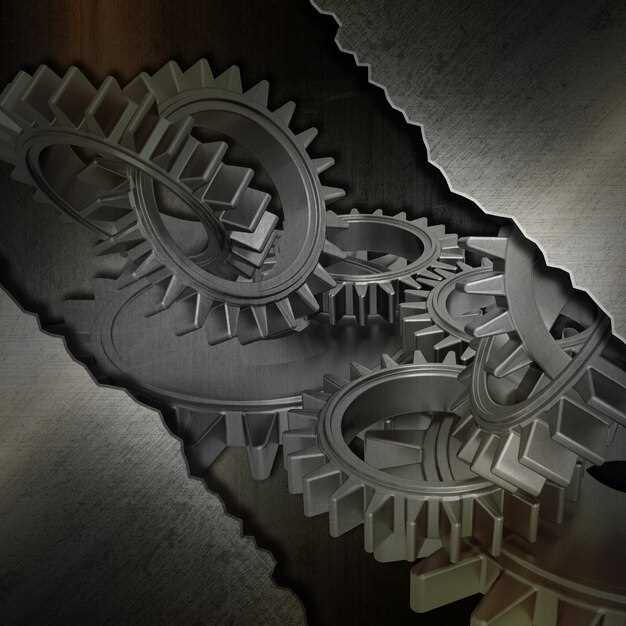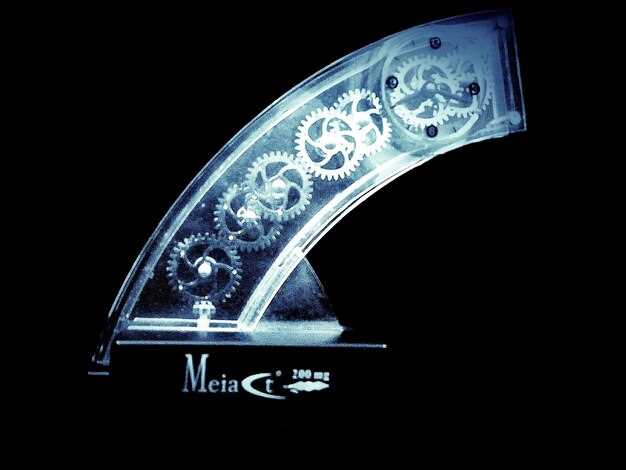
In the realm of automotive engineering, transmission systems play a crucial role in determining a vehicle’s performance, particularly in terms of acceleration. Central to this performance is the concept of gear ratios, which dictate how power is transmitted from the engine to the wheels. A deeper understanding of gear ratios enables drivers and enthusiasts alike to optimize acceleration and enhance overall driving experience.
A gear ratio is essentially the relationship between the number of teeth on two meshing gears within the transmission. When selecting the right gear ratio, one must consider the balance between torque and speed. A lower gear ratio can offer quicker acceleration, allowing the vehicle to achieve higher RPMs faster, while a higher gear ratio may provide better fuel efficiency and top speed at the expense of immediate power delivery.
By analyzing the determination of gear ratios, drivers can make informed decisions about modifications and driving techniques. Understanding how different ratios affect a vehicle’s performance can lead to improved acceleration, making it a vital topic for anyone passionate about maximizing their automotive experience.
Optimizing Gear Ratios for Quick Off-the-Line Performance

To achieve rapid acceleration from a standstill, it’s crucial to select appropriate gear ratios in the vehicle’s transmission system. The gear ratio defines how power is transmitted from the engine to the wheels, directly affecting the vehicle’s acceleration capabilities.
When optimizing gear ratios, consider the following factors:
- Initial Takeoff: Lower gear ratios provide more torque to the wheels at lower speeds, allowing for quicker launches.
- Engine Power Band: Ensure that the chosen ratio allows the engine to operate efficiently within its optimal power band during initial acceleration.
- Weight of the Vehicle: Heavier vehicles may require lower gear ratios to achieve faster off-the-line performance compared to lighter ones.
Implementing the right gear ratios can be approached in several ways:
- Swap Gears: Replace existing gears with those that offer lower ratios, enhancing initial torque delivery.
- Reprogram Transmission Control Units: Adjust electronic settings to optimize how transmission shifts occur at launch.
- Use Performance-Tuned Transmissions: Consider aftermarket transmission options designed specifically for improved acceleration.
Moreover, it’s essential to balance the chosen gear ratio with the overall drivetrain configuration. An excessively low gear ratio may provide quick starts but could hinder top speed and fuel efficiency. Conversely, a very high ratio could result in sluggish acceleration.
Ultimately, effective optimization of gear ratios not only enhances off-the-line performance but also contributes to a more enjoyable driving experience overall.
Choosing the Right Transmission for Enhanced Power Delivery

When it comes to optimizing vehicle performance, the selection of the right transmission plays a critical role in improving acceleration and achieving better power delivery. A transmission’s main function is to control the relationship between engine speed and wheel speed, which directly influences how effectively power is transferred from the engine to the wheels.
There are primarily two types of transmissions: automatic and manual. Each type has its own characteristics that affect gear selection and acceleration dynamics. Automatic transmissions, for example, allow for seamless shifts without driver intervention, which can enhance power delivery during rapid acceleration. However, they may not provide the same level of control over gear selection as manuals do.
Manual transmissions, on the other hand, enable drivers to select gears according to the current driving conditions. This level of control can lead to better power utilization, especially when accelerating from a standstill or while navigating tight corners. By selecting the appropriate gear at the right moment, drivers can maximize torque application to the wheels, facilitating quicker acceleration.
Another critical factor in choosing the right transmission is the gear ratio itself. A lower gear ratio typically results in faster acceleration but limits top speed, while a higher gear ratio can enhance fuel economy and top-end performance at the expense of acceleration. Understanding the balance between these factors is essential for achieving the desired driving experience.
Moreover, modern advancements have led to the development of continuously variable transmissions (CVTs) and dual-clutch transmissions (DCTs), which offer unique advantages in terms of power delivery and responsiveness. CVTs provide an infinite number of gear ratios, allowing for optimal power management across various speeds. DCTs, meanwhile, enable quick gear shifts that can maintain engine speed and power during acceleration, significantly improving responsiveness.
In summary, selecting the right transmission involves considering the type of driving experience desired, the performance characteristics required, and how gear ratios impact overall power delivery. By understanding these elements, drivers can make more informed decisions that lead to enhanced acceleration and improved vehicle performance.
Common Mistakes in Gear Ratio Calculations and Their Impact
Understanding gear ratios is essential for optimizing vehicle performance, especially in terms of acceleration. However, several common mistakes can occur during gear ratio calculations, negatively affecting vehicle dynamics and overall efficiency.
One frequent miscalculation is overlooking the transmission type. Different types of transmissions, such as automatic or manual, can significantly alter the effective gear ratio due to varying designs in gear engagement and shifts. Failing to consider these differences can lead to incorrect assumptions about acceleration potential.
Another common error is not accounting for tire size when calculating the gear ratio. The final drive ratio is not just a product of the gears within the transmission; it also includes the overall diameter of the tires. Misjudging tire size can lead to incorrect calculations that either overestimate or underestimate the vehicle’s acceleration capabilities.
Furthermore, many enthusiasts neglect the effect of engine torque and power characteristics when analyzing gear ratios. A high numerical gear ratio may provide quicker acceleration in lower gears, but if the engine does not produce adequate torque at higher RPMs, the expected performance gains may not materialize. This mismatch can result in underwhelming acceleration responses and may lead to excessive engine strain.
Lastly, a common oversight is the simplistic approach to gear ratios without considering the entire driving scenario. Street driving, track racing, and off-road conditions can all benefit from different gear ratios. Focusing solely on peak acceleration without understanding the operational environment can yield less-than-ideal performance.
In summary, accurate gear ratio calculations require a comprehensive approach that considers transmission type, tire size, engine characteristics, and driving conditions. Avoiding these common mistakes will lead to better-informed decisions that enhance vehicle acceleration and overall performance.











